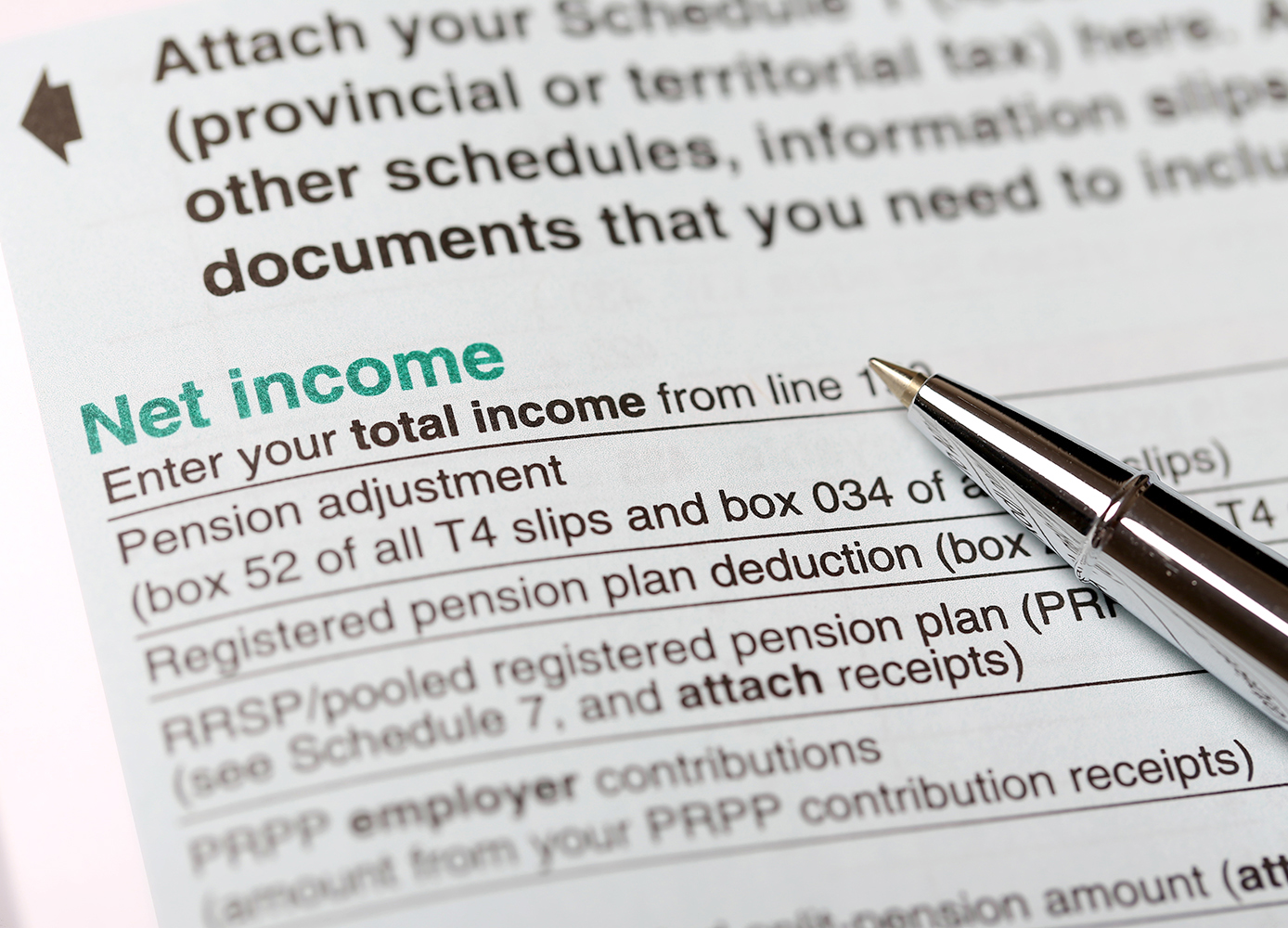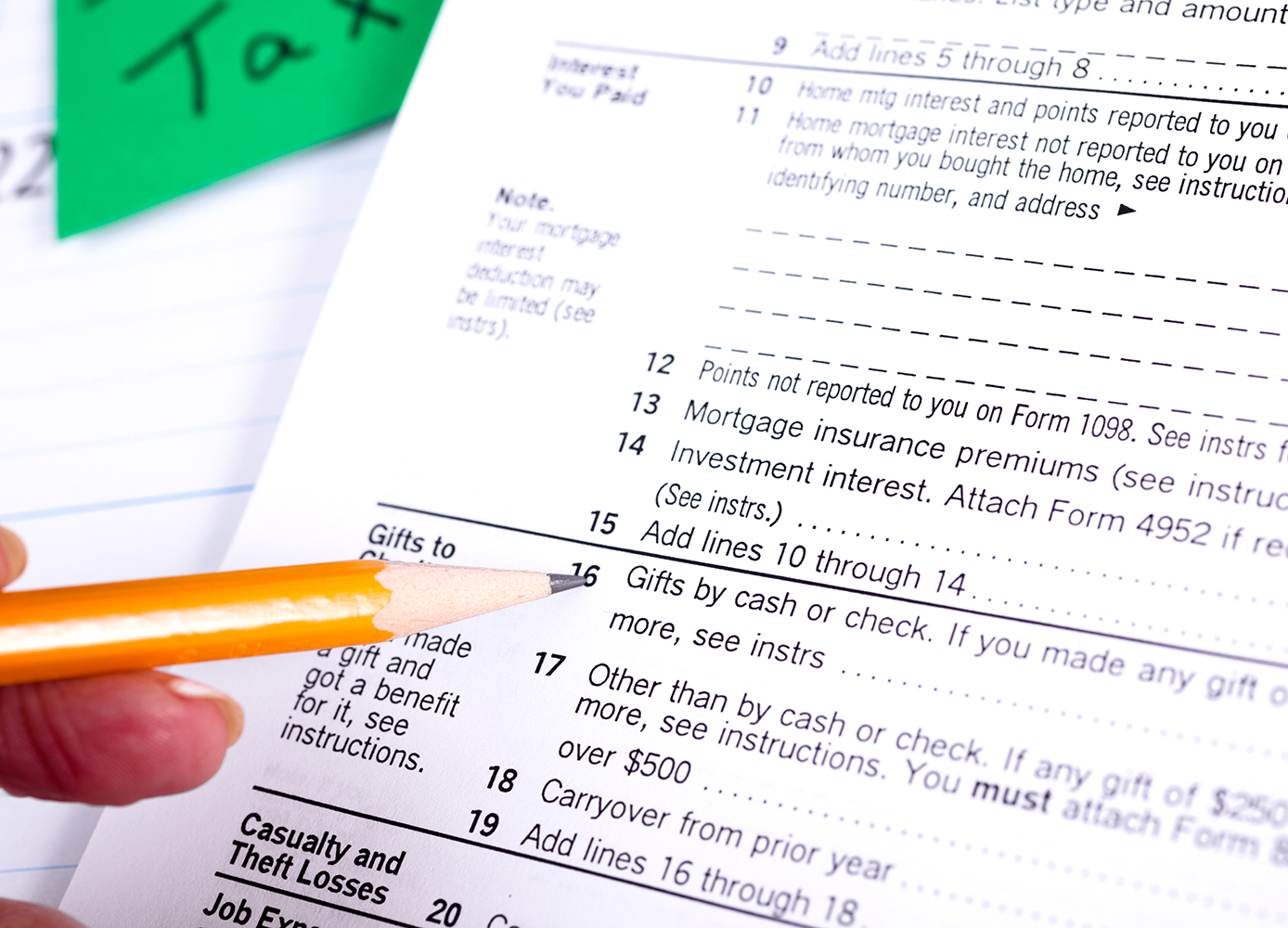Add the federal and provincial amounts and you get a credit of about 50%
A popular regular feature in Good Times magazine is “Your Questions,” where Olev Edur provides answers to questions from our readers regarding their rights, personal finance, and estate planning. Here’s one on the tax credits for charitable donations.
Photo: iStock/payphoto.
Q. One of your articles a little while ago left me confused: you said that for charitable donations, you get a 17 per cent federal tax credit on the first $200 that you donate and 29 per cent on the rest, until your income exceeds $200,000. But then you said that the tax credit would be 50 per cent. I don’t understand where that 50 per cent figure came from and was hoping you could explain.
A. Sure. The 17 per cent and 29 per cent rates (as well as a 33 per cent rate for high-income earners) are the federal tax credit rates, but the provinces and territories also provide their own credits on charitable donations. While the provincial rates vary considerably, ranging from 11.25 per cent in Ontario to 24 per cent in Quebec on donations above $200, most are in the high teens. When you add the provincial rate to the federal one, you arrive at a combined figure close to 50 per cent (or in the case of Quebec, even more than 50 per cent).
As for that 33 per cent credit rate, our tax system is indexed to inflation and for 2018, the income threshold is $205,840; if your income is higher than that and you make a donation over $200, then you can claim 33 per cent, but only to the extent of your income in excess of the threshold.
For example, if you earned $210,000 this year, you could claim a 33 rather than 29 per cent credit on as much as $4,160 ($210,000 minus $205,840) of your donation in excess of $200. Also, while most of the provinces and territories don’t have this higher credit rate, Quebec does: the top rate for those with income over $205,840 is 25.75 per cent, meaning that the top combined federal/provincial credit amounts to a hefty 58.75 per cent.






